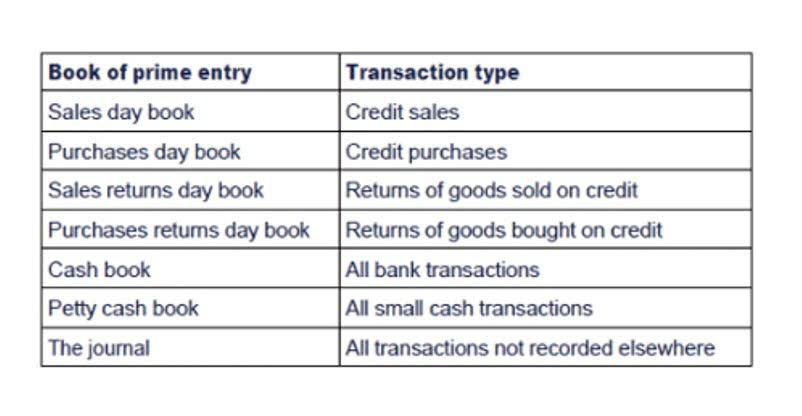You can apply for funding for things like building and remodeling projects, food, equipment purchases, labor costs, and administrative expenses. Another important factor impacting profit margins is the regulatory environment. Daycare facilities operate within a framework of severe standards aimed to safeguard children’s safety and well-being. The expenses of complying with these laws can be significant, especially for smaller centers with limited financial resources. Noncompliance can result in serious penalties, such as fines or even closure, emphasizing the need of spending resources toward regulatory adherence, which can have an impact on the bottom line. With awareness around your fixed and variable annual daycare costs, you’ll then be able to determine the monthly cost of running your daycare.
- Let’s say, for example, you currently have around 60 children enrolled, while your full capacity is 80 children.
- Without a carefully planned and managed budget, it can be difficult to anticipate costs and set aside money to cover unforeseen expenses, such as emergencies or new licensing requirements.
- These components are pivotal in crafting a precise budget and setting the financial foundation of a daycare.
- Understanding the financial stability of your daycare is extremely important.
- Note that additional staff, maintenance, supplies, and possibly transportation will be needed to help with the greater volume of children.
Larger facilities benefit from economies of scale, a phenomenon in which the cost per individual served reduces as the number of clients increases. This efficiency-driven benefit allows larger centers to reduce operational expenses, increasing overall profitability. Smaller facilities, on the other hand, may struggle to attain the same level of cost optimization due to restricted clientele and resources. As you’re detailing your daycare’s list of expenses, separate the list into operating expenses and capital expenses. Examples include utilities, staff salaries, supplies, insurance, and additional costs related to program activities, licensing fees, and maintenance. As you budget for your childcare business, you’ll need to understand your expenses thoroughly.
Diversify revenue streams
Despite the fall, revenue was supported by 2.5% growth from acquisitions partially offset by a 1.5% negative impact to revenue from a disposal in 2022. Still, the company said organic growth was supported by new business opportunities stemming from acquisitions, continued product innovation and its sustainability expertise. Bunzl shares fell after the company guided for lower revenue and operating margin for this year due to a slower-than-expected start to trading in North America.
- There are plenty of simple, yet effective preschool fundraising ideas you can implement at your center to help supplement your program’s revenue.
- Foresight and problem-solving are critical to preventing potential revenue losses.
- Make sure you use a daycare business plan template that includes a section on funding to ensure you include all the necessary information.
- When fixed costs like staffing, infrastructure maintenance, and other overheads are not dispersed across an ideal number of enrolled children, they might become burdensome.
- If your center accepts subsidy payments from agencies, this can have a direct impact on your revenue and how you manage payments.
The average daycare accounting is 6.5% according to Daycare Business Boss. This means that the average monthly cost of daycare in the U.S. is roughly $1,475. It costs between $59,000 and $3 million dollars to start a daycare facility according to Bizfluent. This is where you’ll lay out how much money you need to start or grow your business. If you’re seeking a loan, including information on how much you’re requesting and how you’ll use the funds.
Categories of Daycare Centers
There are many daycare business plan templates you can use to help you get started. One thing you should not forget to include in your daycare business plan is https://www.bookstime.com/ the location of your business and your rental agreement. If you are renting a space, including the terms of your agreement and how long you have the space.

